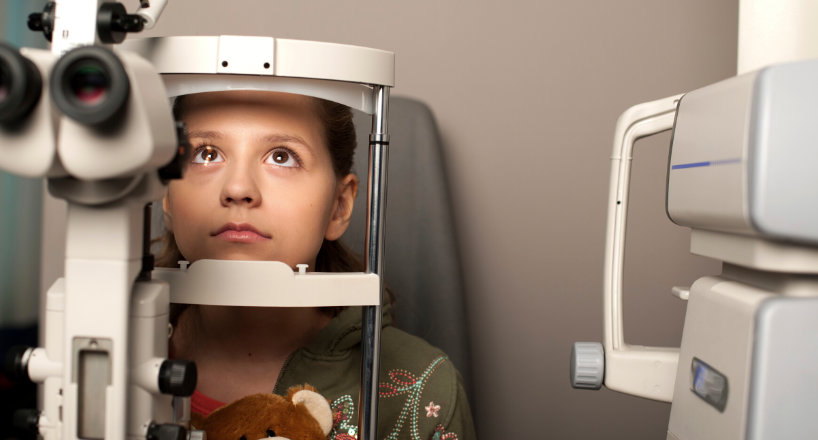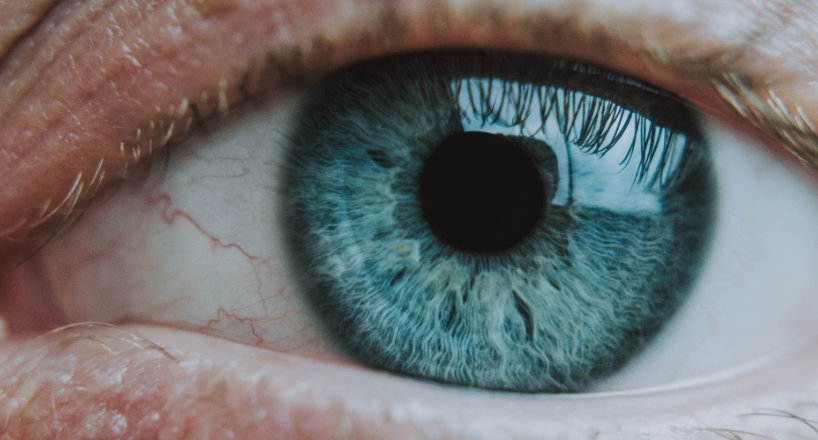Ocular hypertension is a condition in which the pressure inside the eye, known as intraocular pressure (IOP), is higher than normal. It is considered a risk factor for glaucoma, a serious eye disease that can lead to blindness. However, not all individuals with ocular hypertension will develop glaucoma and early detection and treatment is crucial to prevent vision loss.
Signs and Symptoms of Ocular Hypertension
There are no evident signs such as eye soreness or pain associated with ocular hypertension. That is why it’s so crucial to see your optometrist for regular eye health evaluations.
Eye care professionals identify the intraocular pressure (IOP), the fluid pressure inside your eye, with a device called a tonometer.

They may numb your eye first with eye drops before utilizing a small probe that carefully rests versus your eye’s surface area. Another type of tonometer uses a puff of air directed onto your eye’s surface area. This technique does not need numbing drops.
There are two primary systems that can trigger ocular hypertension. Either insufficient drainage or excessive production of liquid fluid might trigger the intraocular pressure (IOP) to end up being elevated.
Ocular Hypertension Treatment
Individuals with elevated intraocular pressure (IOP) are believed to be at threat for the development of glaucoma. If there are extra threat elements consisting of family history, diabetes or hypertension, or being of African or Hispanic heritage, medical professionals will frequently think about prescribing medications to reduce the pressure to prevent any vision loss.
The price of eye drops can be costly sometimes, and they might occasionally cause some adverse side effects.

Your eye care expert will consider numerous elements prior to choosing to either monitor your IOP more frequently or to recommend ocular hypotensive medications if s/he identifies that you may be developing glaucoma.
Because ocular hypertension and glaucoma have no apparent symptoms until vision has been lost, routine eye health assessments with IOP measurements are recommended, especially if you have a family history of glaucoma or any of the other threat aspects for establishing the disease.